“Why would anybody place the front end of a Nissan Skyline GT-R on a Tesla Model 3, even as a rendering?” one might rightfully ask. We’ll, let’s try to answer that.
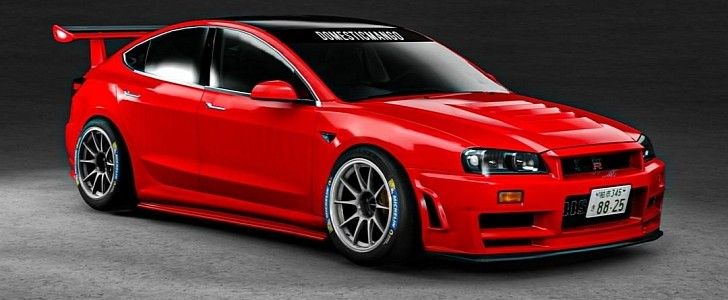


With concerns over water scarcity on the rise, companies are increasingly looking to give people ways to reduce their water consumption. For Hydraloop founder and CEO Arthur Valkieser, the answer was clear: Build a device that gives homeowners and building developers a way to sterilize and reuse their water.
Mercedes-Benz teased two new electric vehicle variants, the EQS and EQE, which will both come in sedan and SUV models. The automaker plans to release six new electric vehicles over the next two years.
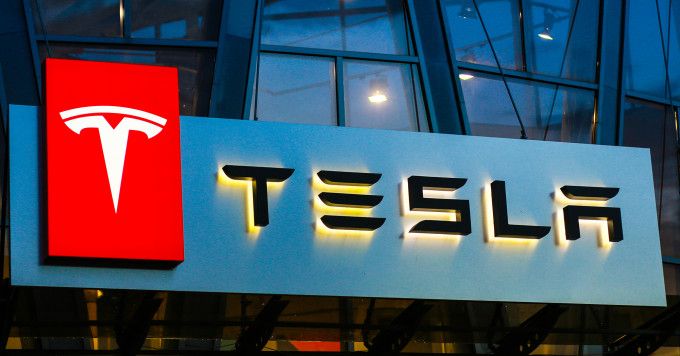
Tesla apparently has a new strategy for dealing with journalists: Don’t deal with them at all.
The electric car giant has dissolved its global public relations team, leaving the press with no formal point of contact at the world’s most valuable automaker, a new report says.
Essentially every staffer who used to work in Tesla’s PR office has either moved to a different position at the company or left altogether, according to electric vehicle industry blog Electrek, which said the move to disband the department was confirmed “at the highest level at Tesla.”
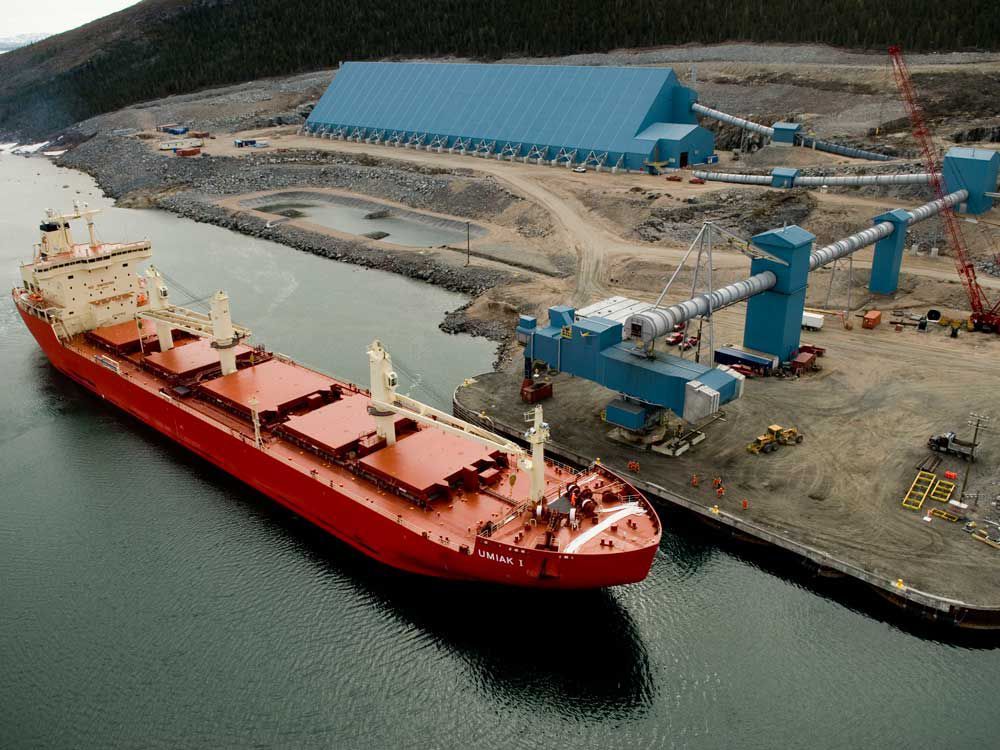
Tesla CEO Elon Musk in July urged miners to produce more nickel, a key ingredient in the batteries that power the company’s electric cars. Musk offered a “giant contract” if supplies could be produced in an environmentally sensitive way.
While EVs are expected to help reduce global carbon emission, environmentalists are concerned that production of EV parts and increased mining may damage the environment.
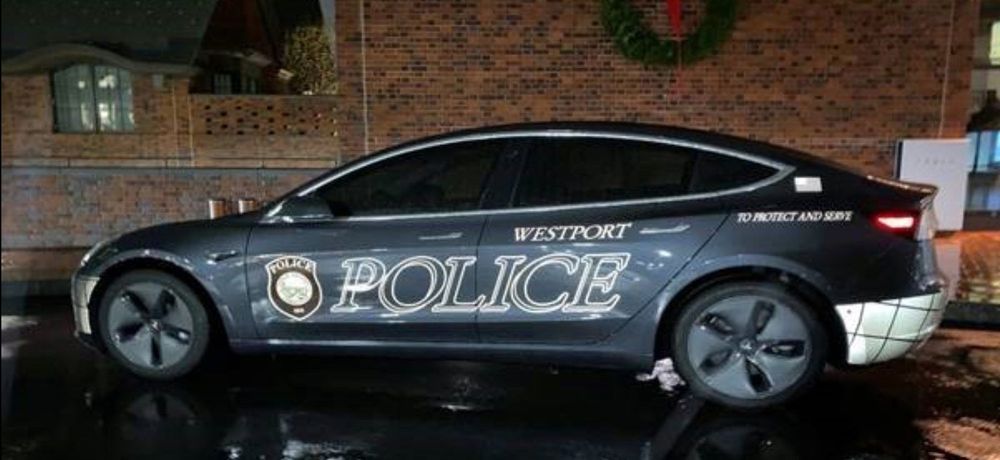
Tesla Model 3 is crushing Dodge Charger as a police car when it comes to the cost of ownership as the Bargersville Police Chief who pushed to electrify his fleet shares a 1-year review of the cost of operation.
Last year, we reported on the Bargersville, Indiana, police department updating their fleet with Tesla Model 3 vehicles.
Bargersville Police Chief Todd Bertram commented at the time:
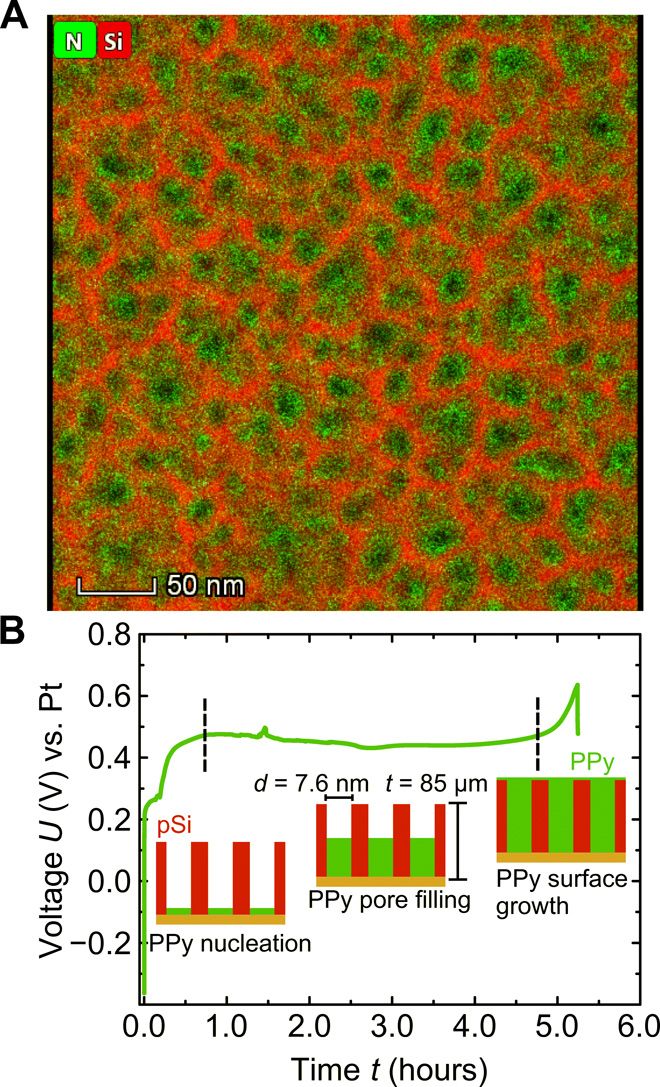
The absence of piezoelectricity in silicon makes direct electromechanical applications of this mainstream semiconductor impossible. Integrated electrical control of the silicon mechanics, however, would open up new perspectives for on-chip actuorics. Here, we combine wafer-scale nanoporosity in single-crystalline silicon with polymerization of an artificial muscle material inside pore space to synthesize a composite that shows macroscopic electrostrain in aqueous electrolyte. The voltage-strain coupling is three orders of magnitude larger than the best-performing ceramics in terms of piezoelectric actuation. We trace this huge electroactuation to the concerted action of 100 billions of nanopores per square centimeter cross section and to potential-dependent pressures of up to 150 atmospheres at the single-pore scale. The exceptionally small operation voltages (0.4 to 0.9 volts), along with the sustainable and biocompatible base materials, make this hybrid promising for bioactuator applications.
An electrochemical change in the oxidation state of polypyrrole (PPy) can increase or decrease the number of delocalized charges in its polymer backbone (1). Immersed in an electrolyte, this is also accompanied by a reversible counter-ion uptake or expulsion and thus with a marcroscopic contraction or swelling under electrical potential control, making PPy one of the most used artificial muscle materials (1–5).
Here, we combine this actuator polymer with the three-dimensional (3D) scaffold structure of nanoporous silicon (6–8) to design, similarly as found in many multiscale biological composites in nature (9), a material with embedded electrochemical actuation that consists of a few light and abundant elemental constituents (i.e., H, C, N, O, Si, and Cl).
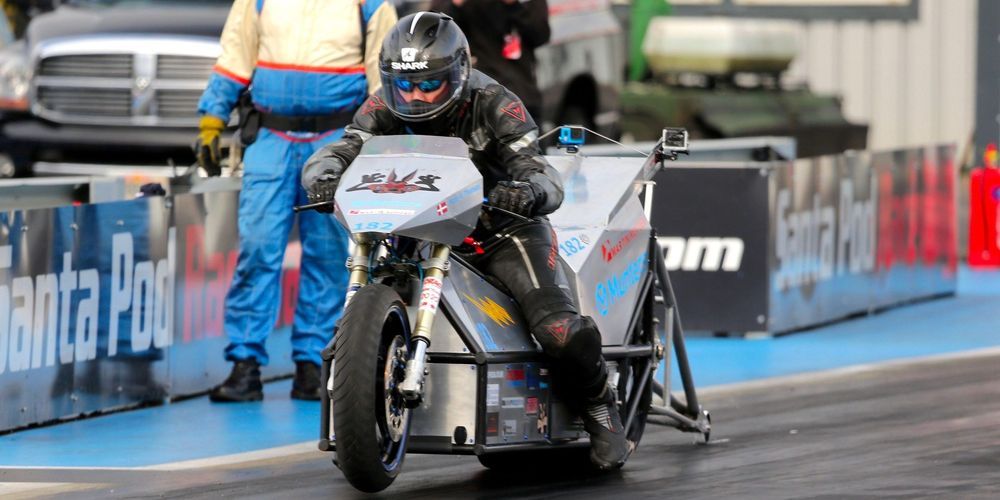
When Danish racing team True Cousins got started with electric motorcycle racing, their first attempt was rather modest. But twelve years after fielding their first custom 12 kW electric motorcycle, the team returned to set a new world record with a new bike featuring 100x the power.
The Silver Lightning is a custom built electric drag racing motorcycle featuring up to 1,200 kW of power.
Last week it laid rubber down on the strip at the Santa Pod Raceway in Bedfordshire, England during the event dubbed “NOT the Euro Finals”.
No daily driver needs a car with crazy acceleration or incredible top speed. However, torque and agility can definitely come in handy at times.
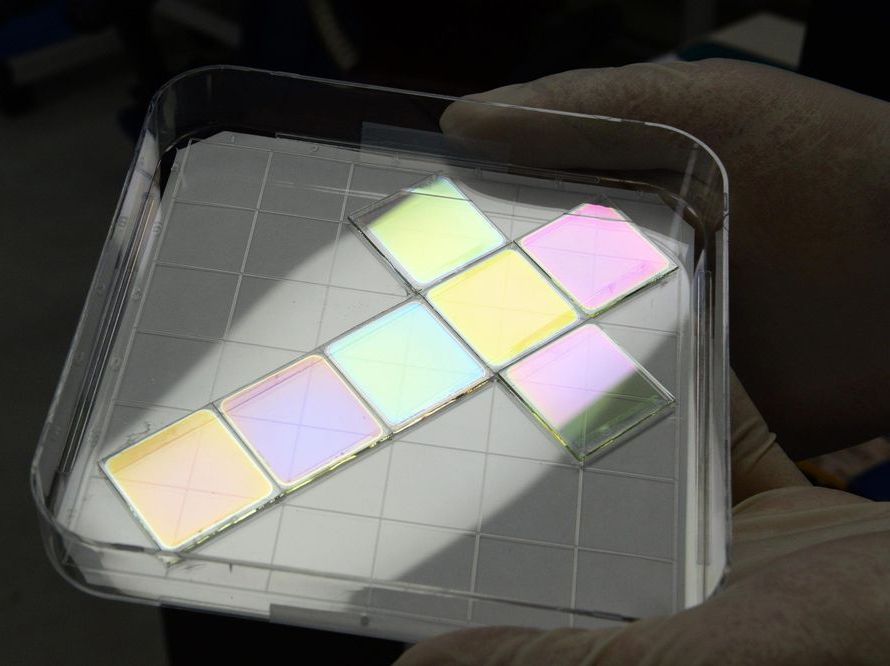
Research on solar cells to secure renewable energy sources are ongoing around the world. The Electronics and Telecommunications Research Institute (ETRI) in South Korea succeeded in developing eco-friendly color Cu(In, Ga)Se2 (CIGS) thin-film solar cells.
CIGS thin-film solar cells are used to convert sunlight into electrical energy and are made by coating multiple thin films on a glass substrate. They have a relatively higher absorption coefficient among non-silicon based cells, resulting in high conversion efficiency and long stability. Also, they require less raw materials compared to silicon-based cells; hence less process and material costs.
One downside has been the difficulty in commercialization as they use the buffer layer which contains toxic heavy metal, cadmium. Thus, the ETRI team replaced the cadmium sulfide (CdS) buffer layer with zinc (Zn) based materials — which is not harmful — and managed to achieve approximately 18% conversion efficiency; thus eliminating the obstacle to commercialization.